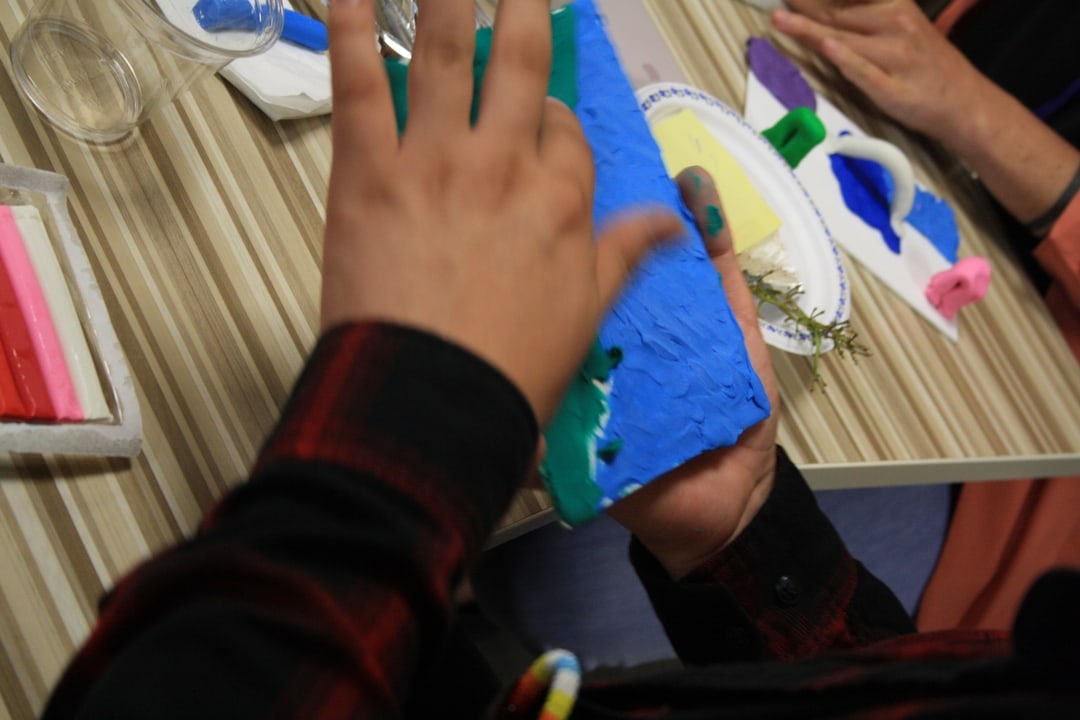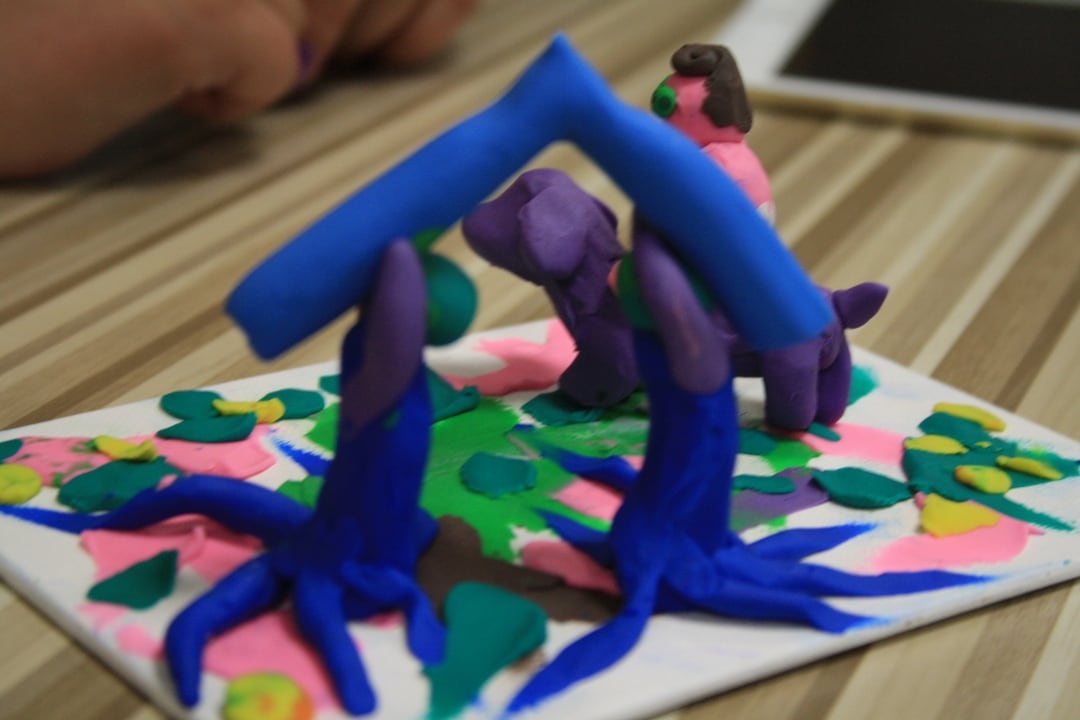What began as a research project that was meant to quickly gather data from six Program Administrators and six Frontline Workers working at six key youth serving agencies in the region in its first phase, ended up gathering data from a total of 76 participants working for 16 different youth-serving organizations across the region. This included meeting with 11 Program Administrators and 27 Frontline Workers through individual interviews and focus groups.
In addition to the individual interviews, we also we conducted a confidential online survey to gather data, using the same
interview questions with one of the school boards in the region and
connecting
with an additional 11 Social Workers and 25 Child and Youth Counsellors.
Another online survey collected data from to Indigenous service providers.
Phase Two of the research increased our scope, adding the input from an additional 14 youth who participated in three focus groups across the region. This included an LGBTQ+ focus group and a focus group with Indigenous youth, two of the vulnerable (at-risk) populations.
This research study was conducted in two phases. Phase 1 consisted of information collected from front line workers and program administrators who were able to speak to the needs of in/at risk youth in the Halton region and of gaps in services in relation to this population. Phase 2 of the study consisted of data collected directly from youth in the Halton region. Approval for both phases of the research was received from the Sheridan College Research Ethics Board. The approved research ethics protocol was also reviewed and approved by the two School Boards in the region prior to granting us permission to interview school staff.
Seventy-four frontline workers and program administrators participated in this
study
between March and June 2017. Data was collected from 27 front line workers
and 11 program administrators using a combination of face to face interviews and
focus groups, using a semi structured interview guide. Additionally, 11 social workers
and 25 child and youth workers from a school board participated in an anonymous
online survey on the needs and gaps in services for at/in risk youth. A similar
anonymous survey was also administered to a group of individuals/organizations
working with Indigenous youth, in which two people participated.
Interviews were recorded with permission from the participants and transcribed. We used qualitative analysis techniques to generate key themes that informed the findings and recommendations of this study.

Additionally, we created a snapshot inventory of services available in the Halton region, using data available on the Halton Community Services Database to identify organizations located in the four geographic sub-regions of the Halton region that serve youth. You can visit this resource on the Halton Resources menu on this website.
The areas of service provision we focused on for this inventory were:
Food security, Housing, Mental Health, LGBTQ+ specific services,
and Education/Sports/Recreational services.
Organizations that offered these services to youth up to 24 years were included in our inventory. We excluded organizations that appeared to work exclusively with other age groups such as older adults. We used the available keywords on the database to narrow down our search and get more accurate results.
View ResourcesPhase 2 of this study consisted of data collected from youth in the Halton region. We approached organizations which had participated in Phase 1 of our study to ask them to connect us with youth who might be willing to participate in focus groups for this study to talk about their needs and gaps in services for youth in the Halton region. We met with a total of 3 youth focus groups between May and June 2017.
A total of 14 youth between the ages 16-24 years participated in these arts-informed focus groups. Focus groups were interactive and incorporated creative elements where youth were able to share their recommendations using a creative/arts based approach.



